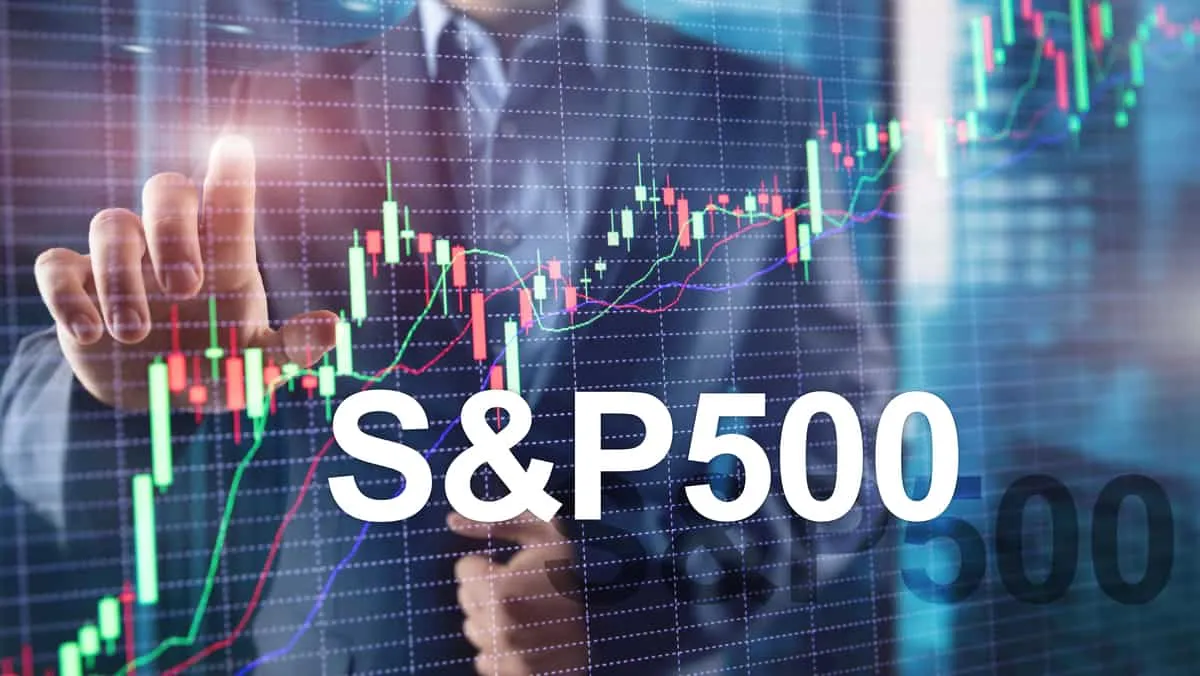Wednesday Oct 23 2024 08:19

4 min

The S&P 500 is an index that tracks the 500 largest companies in the U.S. by market capitalization. Although you can't invest directly in the index itself, there are three primary ways to gain exposure: by purchasing individual stocks of S&P 500 companies, by investing in an index fund, such as a mutual fund or exchange-traded fund (ETF) and trade S&P 500 CFDs.
A stock market index serves as a measurement of market performance, acting as a tool—similar to a magnifying glass—to analyze trends within the stock market. The S&P 500 is one of the most widely recognized indicators of the overall health of the market, with the companies included representing approximately 80% of the market’s total capitalization.
The S&P 500 encompasses a diverse range of sectors, from energy to healthcare. As of July 2024, here are the top 10 companies in the S&P 500 by index weight:
1. Microsoft
2. NVIDIA Corporation
3. Apple
4. Amazon
5. Meta Platforms Inc (class A)
6. Alphabet (class A)
7. Alphabet (class C)
8. Berkshire Hathaway Inc. (class B)
9. Eli Lilly & Co.
10. Broadcom Inc.
Most of these companies fall into three main sectors: information technology (32.4% of the S&P), financials (12.4%), and health care (11.7%). These three sectors account for almost half of the S&P 500.
Since the S&P 500 is essentially a measure of the performance of its underlying stocks, you cannot invest in it directly. Instead, you can purchase S&P 500 index funds through mutual funds or ETFs that aim to replicate the performance of the S&P 500 index.
Here are several ways to invest in the S&P 500:
1. S&P 500 Index Funds:
Mutual Funds: These are professionally managed funds that pool money from multiple investors to buy stocks in the S&P 500. They aim to match the index's performance.
ETFs (Exchange-Traded Funds): Similar to mutual funds but traded on stock exchanges like individual stocks. They offer flexibility and often have lower expense ratios.
Like index mutual funds, ETFs allow investors to pool their money in a fund made up of stocks, bonds, and other assets. Unlike mutual funds, however, which can only be traded once a day at the end of each trading day, ETFs can be traded like a stock—meaning their share prices can fluctuate throughout the trading day.
2. Individual Stocks:
You can buy shares of companies that are part of the S&P 500. This requires more research and involves picking specific stocks instead of the index as a whole.
If you don’t want a mutual fund or ETF, you can hand-select individual stocks of companies you want to invest in. If you wish to track the S&P 500 exactly you may need to purchase up to 500 different companies which can be costly and time-consuming.
3. S&P 500 CFDs (Contracts for Difference):
CFDs allow you to speculate on the price movements of the S&P 500 without owning the actual stocks. This method offers leverage but carries higher risk.
One of the primary advantages of CFDs is the ability to use leverage. This means you can control a larger position with a smaller amount of capital, potentially amplifying your profits. For instance, with a leverage ratio of 10:1, a $1,000 investment could control $10,000 worth of the S&P 500. This can lead to significant gains if the market moves in your favor.
When considering shares, indices, forex (foreign exchange) and commodities for trading and price predictions, remember that trading CFDs involves a significant degree of risk and could result in capital loss.
Past performance is not indicative of any future results. This information is provided for informative purposes only and should not be construed to be investment advice.